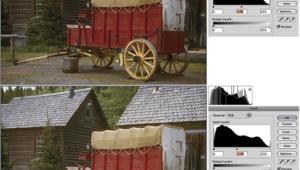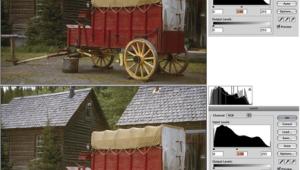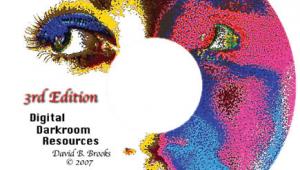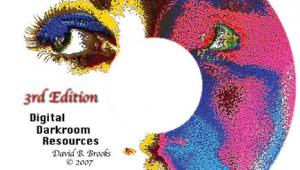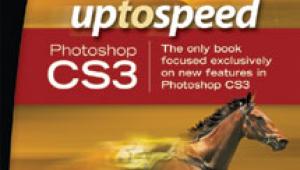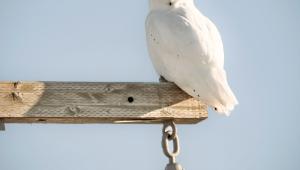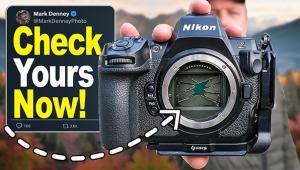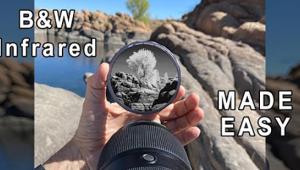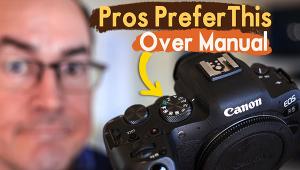Scans, Scanning, & Scanners
Turning Your Pix Into Pixels
After desktop printers, one
of the most popular digital imaging products that Shutterbug readers
ask me about is scanners. Typically, these aspiring digital imagers
want to get started digitizing the slides and negative they've
been shooting for many years and want to use the least expensive--but
best quality--method available. To many of them, it's obvious
that they want and need a film scanner, but because every photographer's
requirements are different, this may or may not be true. |
|||
Scanners. Scanners
convert graphic photographs into digital form by passing a light emitting
element across an original image, transforming its analog form into a
collection of pixels that can be stored as a digital file. Both flat-bed
and film scanners use similar methods to accomplish this, with the addition
of some form of backlighting necessary to scan slides or negatives. While
film scanners are popular for digitizing slides or negatives, flat-bed
scanners, that were once limited to only scanning prints, are morphing
into hybrids that can also digitize film with a quality not possible even
a few years ago with dedicated film scanners. All Glass Isn't
The Same Manufacturers/Distributors Agfa Electronic Pre-press Systems
(Bayer Corp.) Cies-Sexton Visual Laboratories,
Inc. Eastman Kodak Epson America Inc. Focal Point Industries, Inc. Microtek Labs, Inc. Minolta Corp. Plustek Polaroid Corp. |
- Log in or register to post comments



